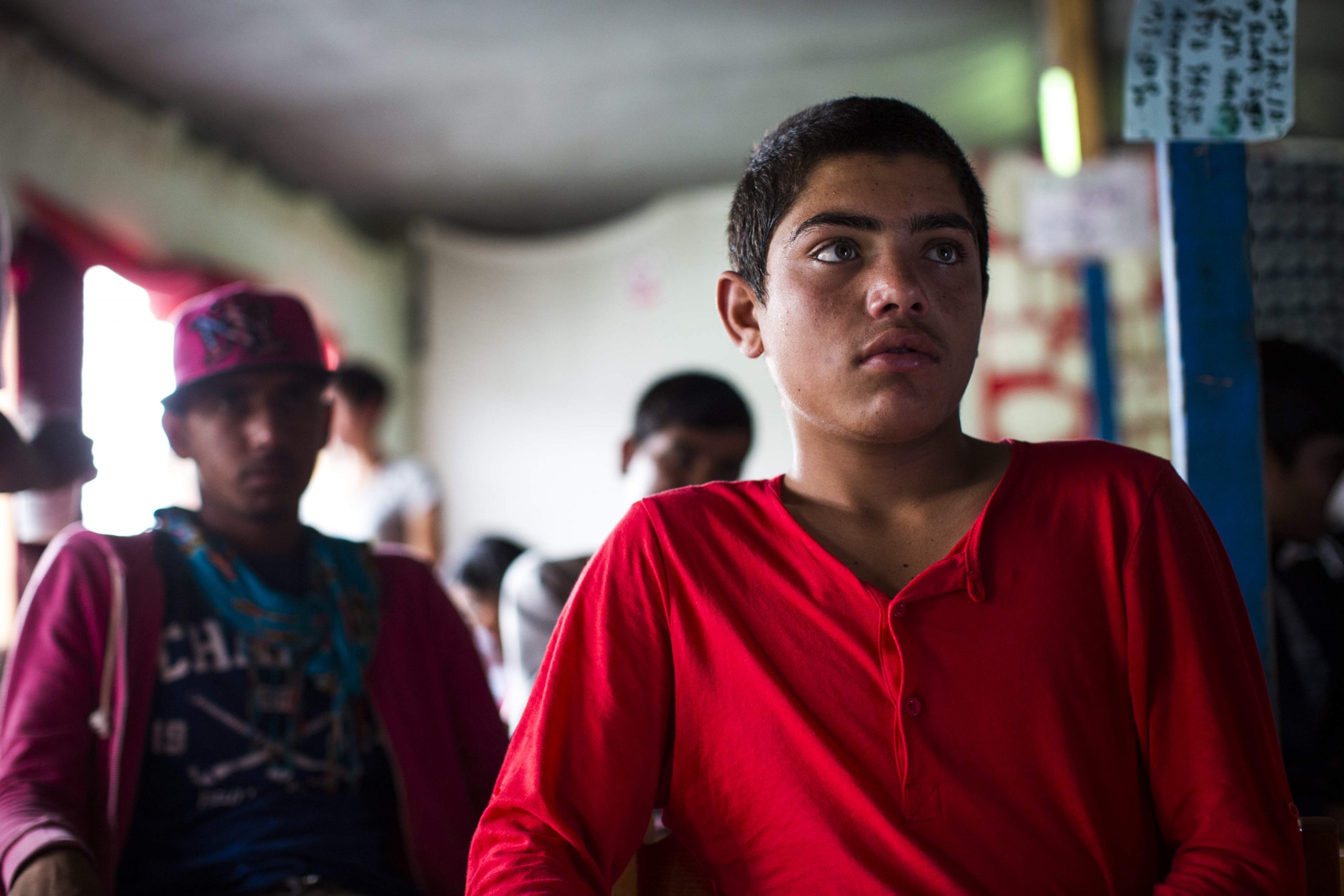
In his essay Farewell to America, a reflection on racial tension and gun violence, the journalist Gary Younge noted that “black children are often not even regarded as children at all”. In one case, after 12-year-old Tamir Rice was shot dead, a police spokesman described him as “menacing” and “a 12 year old in an adult body.”
Reading this on the other side of the Atlantic, where police are less trigger happy, it’s easy to feel moral superiority. And yet, through the methods of bureaucracy, some of us are jumping to exactly the same conclusions on race and age.
David Davies, the Tory MP for Monmouth (not the man in charge of Brexit negotiations) has demanded that child refugees reunited with families in the UK be submitted to mandatory dental checks. This way, he suggested, the authorities could make sure no adults were getting through. “We don’t want to be taken for a free ride by people who seem to have got to the front of the queue even though they clearly look in some cases a lot older than 18,” he told the BBC.
Despite complaints from the British Dental Association, which says such checks would be both unethical and potentially inaccurate, Davies is sticking to his guns.
After all, he has visited the Calais “Jungle” himself. On Tuesday, he tweeted: “Didn’t see any children in the camp, just 000s [sic] young men & activists offering advice what to say to get into UK.”
The thing is, I’ve also been to the Jungle, and what I learnt there is that seeing isn’t everything. I went there with Stella Creasy, a Labour MP campaigning for the rights of child refugees, and Alf Dubs, who managed to persuade the Commons to approve an amendment to protect unaccompanied children in the first place.
We also didn’t encounter many young children wandering around camp. But that’s not surprising. The activists I spoke to told me there were 854 unaccompanied children there, but that some were so traumatised they hid in their tents and didn’t come out. Women stick together, in separate areas. When Dubs and Creasy went into a tent to hear the testimony of child refugees, the rest of us waited outside, precisely because they were so vulnerable.
More pertinently, though, if your image of a child is a toddler, you will never see child refugees. As Creasy tweeted in response to Davies, she encountered one nine year old, but most of these children are teenagers. If you genuinely think that an adolescent should be treated like an adult, I would encourage you to start protesting against the UK’s drinking, underage sex and education laws right now.
If, though, like me, you broadly agree with the protections we have for children in our society, then the next question is: Why are we so suspicious of child refugees? Why are we, like US police, more willing to jump to the conclusion they are “menacing” or “adult”? Is it because we are predisposed to be fearful? Do we want to justify our lacklustre response to the refugee crisis?
This is more than just some mid-week soul searching. Our in-built suspicions influence the risks child refugees take with their lives. Alexandra Simmons, a volunteer with Care for Calais, told me a lot of children avoid applying for official accommodation in Calais, because the local authorities judge their age by their appearance. “It is a case of ‘I don’t think you sound like a 15-year-old’,” she explained.
Another activist, Annie Gavrilescu, from Help Refugees, told me about Masud, a 15-year-old who tried to cross to join his sister in the UK. “He was on the list, but it was taking so long he thought he would cross and deal with the process there. He went to Dunkirk, got into a refrigerated lorry and he died in there. The authorities reported him as an Afghan man.
“He was 15 with a baby face. Because they reported him as that, the family went two to three days thinking it couldn’t possibly be him.”
There is, of course, a need to vet asylum seekers. Syrian friends who have been through the process themselves tell me it is in their interests for the pretenders to be weeded out. But a fair system is a thorough and holistic one – not a snap judgement by an official or an unaccredited dental check.
And here’s the good news. The UK already has a system that, on paper, at least, seems pretty reasonable. Unless an asylum seeker looks significantly older than 18, they must be “afforded the benefit of the doubt” and treated as children. Dental checks and paediatric reports can be used, but must be considered with a margin of error, and weighed against other assessments, not to mention official documents like birth certificates. The children currently arriving from Calais, who are being reunited with family under the Dublin Regulation, have undergone these checks and more.
There is no exact science to determine age. A vetting system should be a process driven by individual cases, not a public preoccupation with adult-looking children. Which is just as well, because that’s more likely to reflect our own prejudices than the problem.






